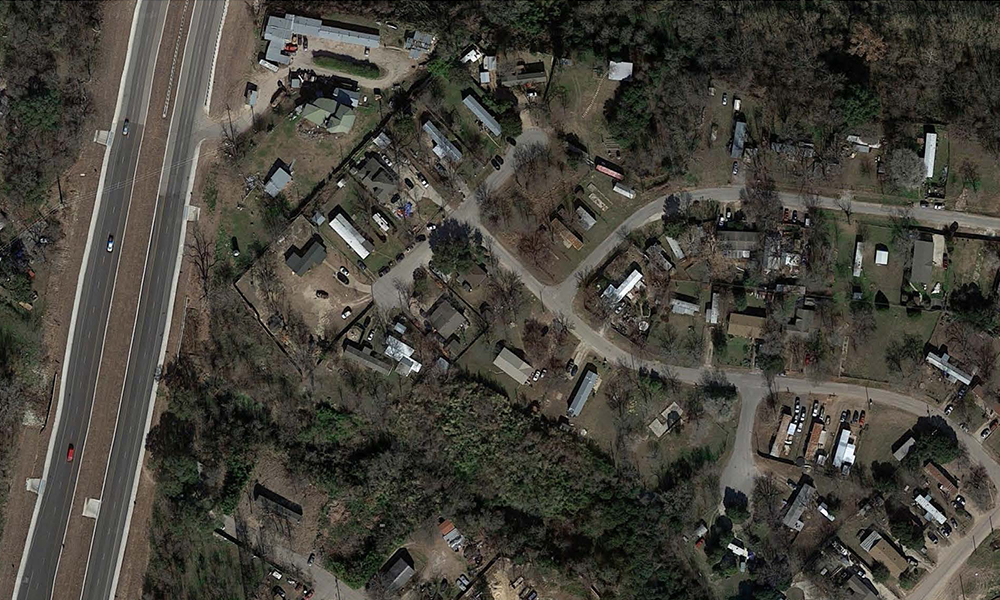Americans overwhelmingly accept that climate change is happening and support public actions to address it. Support among Democrats for aggressive action is especially high, and Democratic presidential candidates are making climate change a central issue in their campaigns. Cities should be at the center of proposed actions for several reasons. First, the Intergovernmental Panel on Climate Change’s fall 2018 report noted that reducing the impact of transport on green-house gas production is critical. The continued outward expansion of cities over the past 40 years has produced an increase in driving — measured by “vehicle miles traveled” (VMTs) — per person. As central city population density plummeted between 1950 and 1980 with suburbanization, VMTs per person rose dramatically. Reducing driving has thus focused on fostering more compact development, putting homes and jobs closer to each other.
Since the US withdrew from the Paris Climate Accord in 2017, over 400 US mayors have pledged to uphold their commitment to its goals, including efforts to increase reliance on renewable energy, increase the energy efficiency of buildings, and expand use of electric vehicles. Since the 1990s, city planners have advocated transit-oriented development plans that encourage denser development, by co-locating jobs, housing and services and placing them near transit.
Yet efforts to redirect growth do not take place on a blank slate. They are overlaid on places that embody the ongoing legacy of racial segregation and also emerging patterns of economic segregation associated with rising inequality. Transforming cities to reduce reliance on cars will strongly affect central neighborhoods and corridors targeted for densification — often previously undervalued areas that are occupied by low income, often minority residents.
Since the early 20th century, American cities have regulated development patterns through planning and zoning laws. Before zoning, private deed restrictions protected white property owners by limiting the type of development allowed in their residential districts. Until 1948, such restrictions could legally exclude non-whites. Zoning ordinances subsequently codified such protections while exposing minority districts to environmental hazards and industry.
In the 1930s, redlining maps labelled districts with aging, multifamily housing, mixed uses, and nonwhite residents “hazardous” for mortgage lending. Poor conditions in these areas were used to justify demolition under federal Urban Renewal program rules, displacing residents into ever more crowded housing, since minority residents were largely excluded from the exodus to the suburbs. These public actions set a framework for economic and racial segregation that has proven remarkably durable.
Now, these central neighborhoods are the target of efforts to transform cities. They are close to jobs, served by public transit, and — most importantly — their relatively low property values make them a bargain for developers. On top of this, in some cities, rising investor interest in housing is adding to market pressure and rising housing costs in historically undervalued, disinvested neighborhoods. Many such neighborhoods are being re-made to serve a wealthier and whiter population.
In Austin, Texas, where I live, we are struggling with these tensions. City leaders are trying to reshape the city to reduce driving by encouraging denser development. They have also adopted anti-displacement goals in response to community concerns and in recognition of the city’s history of segregation. But limited resources and protective deed restrictions in historically exclusionary neighborhoods hinder efforts. Ten years ago, I identified over 40,000 apartments in Austin vulnerable to loss through city-fostered redevelopment. Since that time, redevelopment has pushed many low income households outward, beyond the reach of public transit, into struggling school districts and unincorporated areas with inadequate or expensive basic services. Without substantial resources and political will, displacement will continue. This is where the Green New Deal comes in.
We cannot reshape cities to reduce their carbon footprint without attending to our existing patterns of inequity and vulnerability to displacement. Proposals must address our twin challenges of climate change and inequality by including anti-displacement strategies. They must also foster new patterns of growth, by undoing the “protected/vulnerable” divide across city neighborhoods.
To be sure, there will be resistance to large scale investment in housing for low income residents in city plans and private development projects. Income-restricted housing in areas primed to yield higher property values and tax revenues will reduce city tax revenues and private profits. The scale of anti-displacement efforts needed in gentrifying minority communities may unsettle new residents. And opening up protected areas to prevent the creation of new patterns of inequity will require current residents to overturn existing deed restrictions.
But if we do not invest in infrastructure purposefully to create new, more inclusive ways of living, we will not be addressing the looming climate crisis. In particular, the displacement of low-income households to low-income suburbs on the urban periphery, a sort of poverty sprawl, threatens to undermine efforts to reduce the carbon footprint of cities. New investment in cities will foster further exclusion if not paired with significant investment in anti-displacement efforts, particularly housing for low-income residents.
Elizabeth Mueller is Associate Professor and Director of the Graduate Program in Community and Regional Planning at the University of Texas at Austin. She is also a Public Voices Fellow of the OpEd Project.


